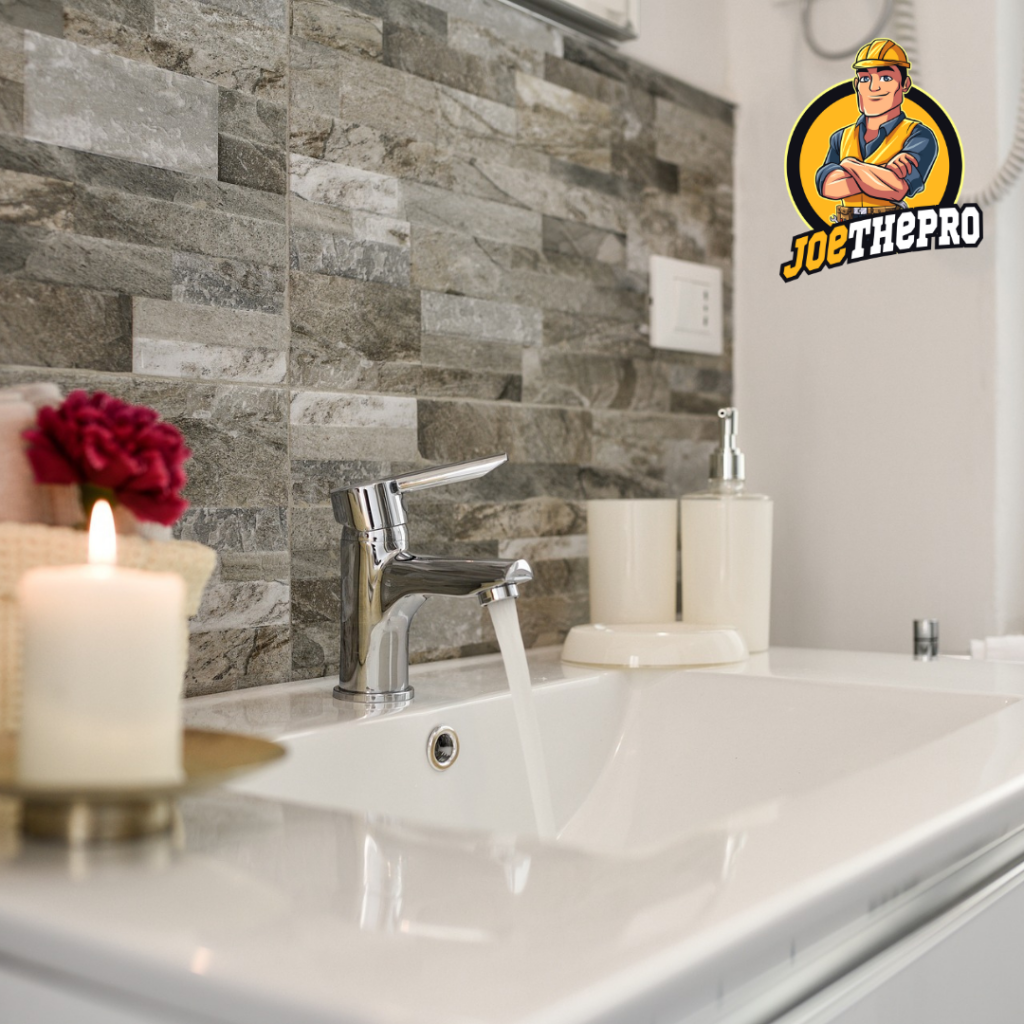
An outdated bathroom can be more than just an eyesore – it can also be a safety hazard. From leaky pipes to faulty electrical wiring, there are many potential issues that can arise from an old bathroom. In this article, we’ll take a look at some of the most common problems that can occur in an outdated bathroom and what you can do to fix them. Whether you’re planning to renovate your bathroom or simply want to know what to look out for, this guide will help you identify potential hazards and take the necessary steps to keep your bathroom safe and functional.
- Leaking pipes: One of the most common issues with old bathrooms is leaking pipes. Over time, pipes can become corroded or damaged, which can lead to leaks. These leaks can cause water damage and mold, as well as lead to higher water bills. In some cases, the damage may be limited to a small area, such as a leaking faucet, but in other cases, the damage may be more extensive, requiring major repairs or even the replacement of entire sections of pipe.
- Faulty electrical wiring: Old bathrooms may have outdated electrical wiring that can be a fire hazard. This is especially true if the bathroom has not been updated to include GFCI (ground-fault circuit interrupter) outlets, which are designed to protect against electrical shocks and help prevent fires. In older homes, the wiring may not be grounded, or it may not be up to current safety standards, which can be dangerous and may require an electrician to rewire the bathroom.
- Outdated fixtures: Old bathroom fixtures such as toilets, sinks, and bathtubs may be less efficient than newer models, they may use more water, or may be hard to find replacement parts for. They may also be less stylish or have a lower aesthetic appeal compared to newer bathroom fixtures. This can make it difficult to renovate or upgrade the bathroom.
- Poor ventilation: Bathrooms that were built many years ago may not have adequate ventilation, which can lead to moisture buildup and mold growth. Inadequate ventilation can also cause condensation, which can lead to stains and damage to walls, ceilings, and other surfaces.
- Poor drainage: Old bathrooms may have drainage issues that can lead to standing water and unpleasant odors. These problems may be caused by clogged or damaged pipes, improper slope of the floor, or other issues that can be hard to diagnose and fix.
- Lack of accessibility: Bathrooms that were built many years ago may not be accessible for people with disabilities or limited mobility. They may not have grab bars, a roll-in shower, or other features that are designed to make the bathroom safer and more usable for people with disabilities.
- Tiles, grout and caulking: Old bathrooms may have missing, cracked or dirty tiles, moldy grout, or missing caulk which can cause water leaks and mold growths. These can be unsightly, and also can cause long term water damage to the bathroom.
- Lack of modern amenities: An older bathroom may not have modern amenities such as heated floors, rainfall showerheads, and high-tech toilets. These amenities can make the bathroom more comfortable and luxurious, but also may cost a considerable amount to add.
In summary, an old bathroom can have many issues that can affect its functionality, safety, and aesthetics. It’s important to address any issues that you find, and consider upgrading the bathroom to make it more efficient, safe, and functional. However, fixing these issues can be costly and time-consuming, so it’s important to carefully weigh the pros and cons of renovating an old bathroom.
